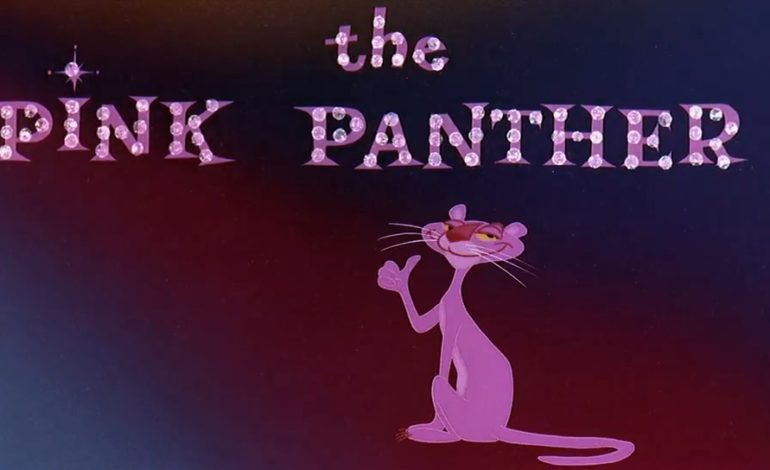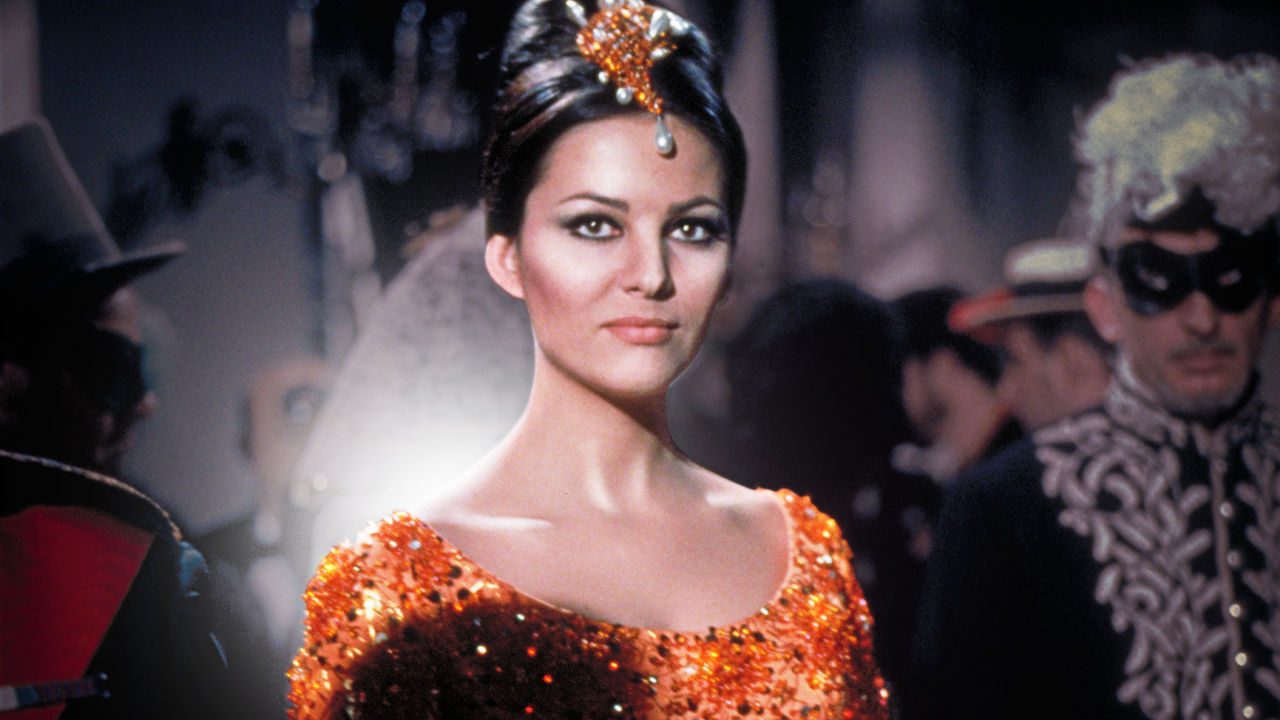

What a tremendous career Blake Edwards had, amazing audiences with his flair for the dramatic and his interest in the finer strata of the British elite. Having been contrasted and classified alongside the likes of Capra, Preminger, and Cukor, Edwards’ versatility stands as a testament to his illustrious career as a studio director during the fall of the major Hollywood system in the 1960s. With such great works like Breakfast at Tiffany’s, Blind Date, and The Pink Panther Series, Edwards established himself as a vigorous talent that worked hard to get every one of his films made. So hard, in fact, that on such film managed to land a place within the Library of Congress as part of the National Film Registry. That film was none other than the original Pink Panther.
This was Blake Edwards’ first iteration into what’s new considered one of the greatest comedy franchises of all time, long before franchises became the norm. Starring the iconic Peter Sellers as Inspector Clouseau, David Niven as the suave and hyper-sexual David Niven, Claudia Cardinale as Princess Dahla, and Capucine as the wife of the inspector, Simone Clouseau, The Pink Panther brought a great ensemble of talent together to create indelible movie.


The Pink Panther tells the story of Inspector Jacques Clouseau on his venture to Rome to prevent a thief known only as “The Phantom” from stealing the priceless Pink Panther diamond. Sort of. The film starts off in India with Princess Dahla, as a little girl, receiving a pink gem from her father, the Maharajah. The gem is a large diamond that, when investigated thoroughly, reveals a minor blemish shaped like a leaping panther. Fast-forward twenty years and the princess has now grown up and been exiled subsequently after military coup following her father’s death, resulting in the annexing of her country. This new government proclaims that the precious Pink Panther diamond is now under the property of the people and calls for the World Court to help them claim what they believe to be theirs. After hearing this, however, Dahla refuses to relinquish her precious gemstone and flees the country to an extravagant ski resort in Cortina d’Ampezzo, Italy.
During this stay, the princess meets yet another luxurious guest at the resort: Charles Lytton, a suave collected Englishman who leads a dual-life as the jewel thief “the Phantom.” Also in attendance is Inspector Jacques Clouseau, his wife Simone Clouseau and the jewel thief’s nephew George. Somehow Blake Edwards sets out to establish all of our main characters in one setting unbeknownst to most of them. Hijinks ensue, car chases arise, trademark transitions from locale to locale take place, ending in a scenario where Clouseau is framed for the theft of the Pink Panther.
Despite being such comedy classic, I think most people would be surprised at how the movie ends. Not with the amazing Jacques Clouseau solving the crime and catching the true thief, as would be per the storytelling elements of today. Jacques is taken to prison and not only framed for the theft, but also regarded as a national hero with women wanting him and men wanting to be him. A lot of The Pink Panther focuses on its other casts of ensemble characters and how their stories untold separate from Clouseau’s bumbling plot line. With Peter Sellers’ performance being the foil for this entire movie but not necessarily the protagonist, it’s surprising how he managed to win over so many hearts and spur such a response from the American public with just a few antics. This further cements the notion of Hollywood system that Blake Edwards was a part of: focusing more so on entertainment and laughs and less on story and plot.


My first foray into the Pink Panther franchise was with the early 2000’s remake starring Steve Martin. Taking place in French as per Martin’s terrible accent, the summarized stories are very similar yet the plots could not be more different. However, the importance of Steve Martin’s “portrayal” of a widely beloved character formally played by Sellers is a greater distinction than the stories being tell. Where both Clouseau’s are handled with a great amount of naivety, clumsiness and buffoonery, the 2006 character is done with cheaper jokes and cruder humor that display less tact and sophistication than a film done 40 years ago. Where one film seems to pick apart and dissect the English upper class and its rules, the latter attempts to put forward a stereotype of what Americans believe who Parisians and the French are.
The reason why this matters is because of what Blake Edwards and Peter sellers managed to pull off: an instant feel-good classic that has stood the test of time and garnered multiple sequels. Not only did The Pink Panther give us one of the more iconic figures in cartoon history, but it also gave American audiences a great film that continues to solidify its legacy within comedy movie history.
Verdict: 4.5 out of 5 Stars
Overall, The Pink Panther remains a classic for a reason. The timely, yet humbly memorable performances- especially from Peter Sellers’ first display as Inspector Clouseau- elevate what is now one of the most iconic comedies of the early 60s. It’s got an inventive and interactive title sequence that has yet to be surpassed, some of the best slapstick and physical comedy, great direction and a beautiful score composed by Henry Mancini. The Pink Panther is sure to be a great watch and blast from the past for everyone to enjoy.
